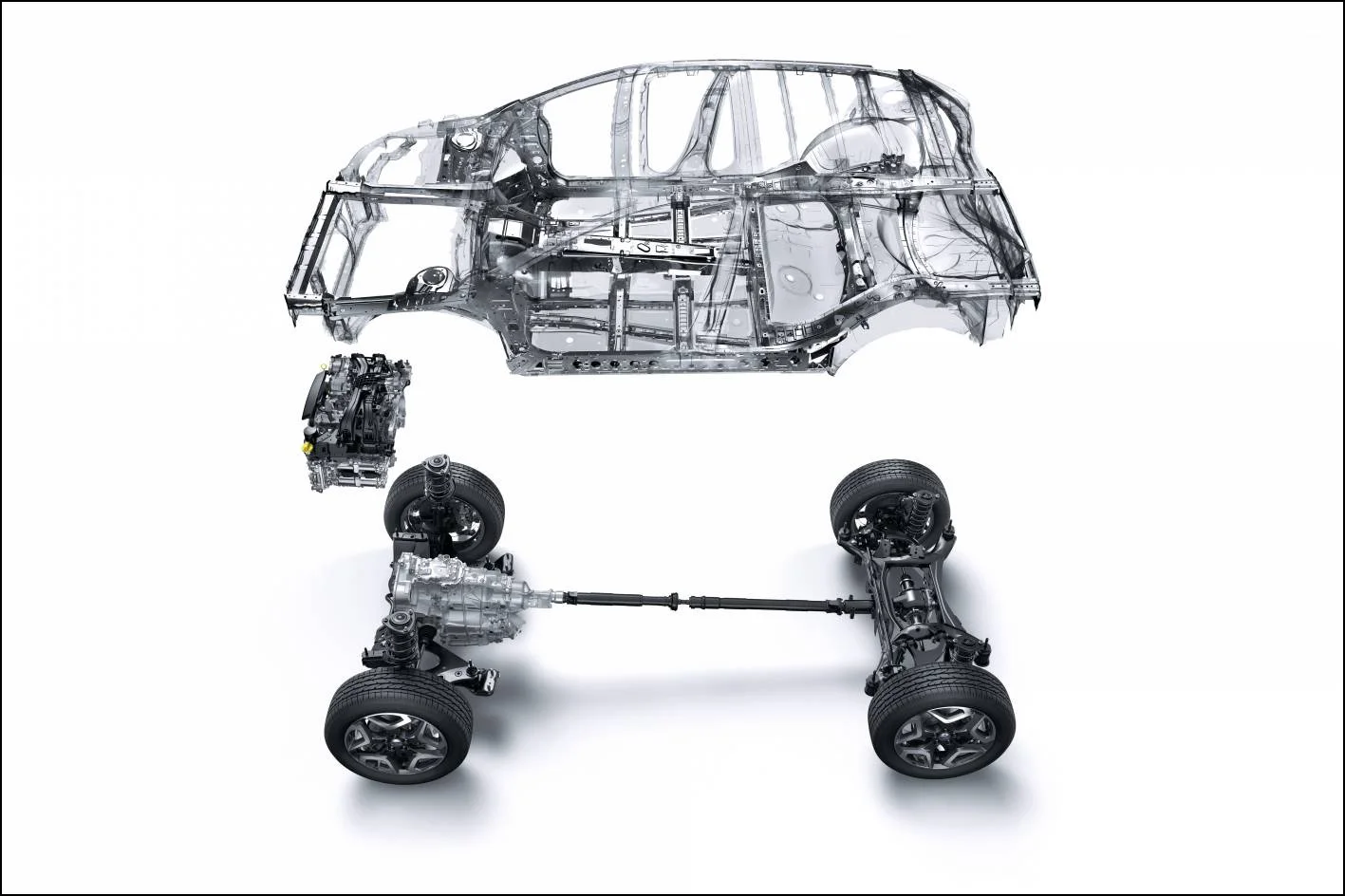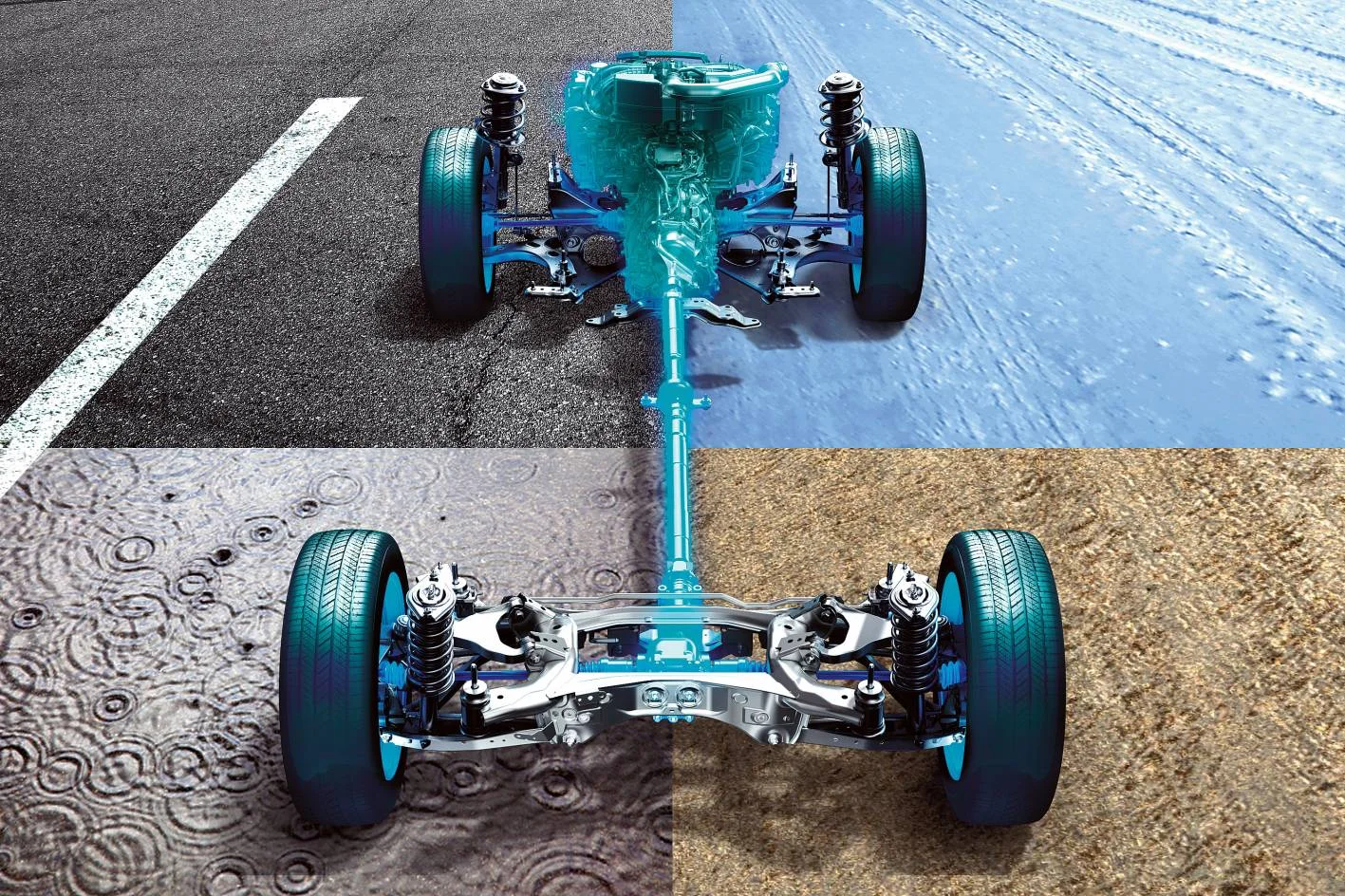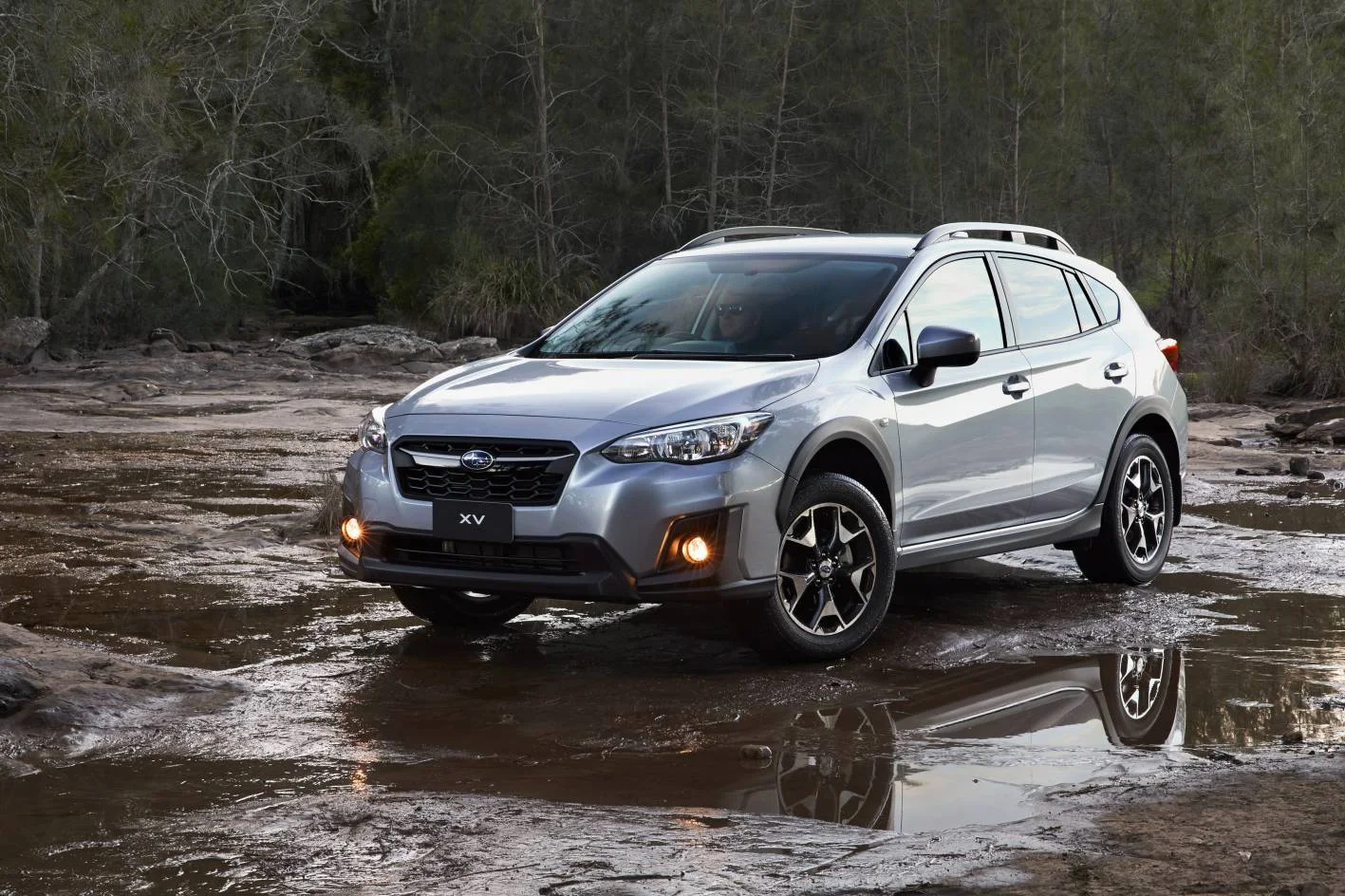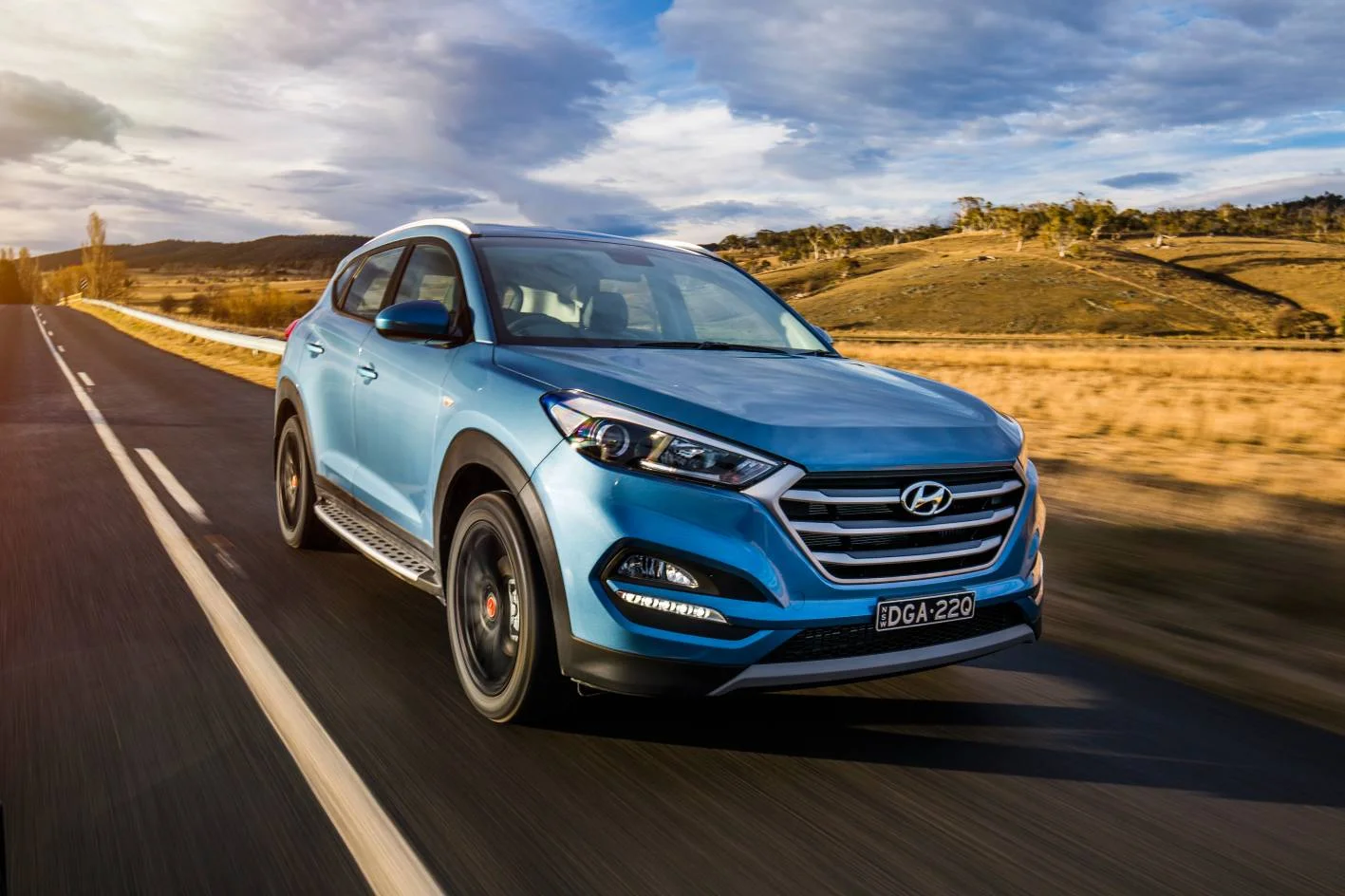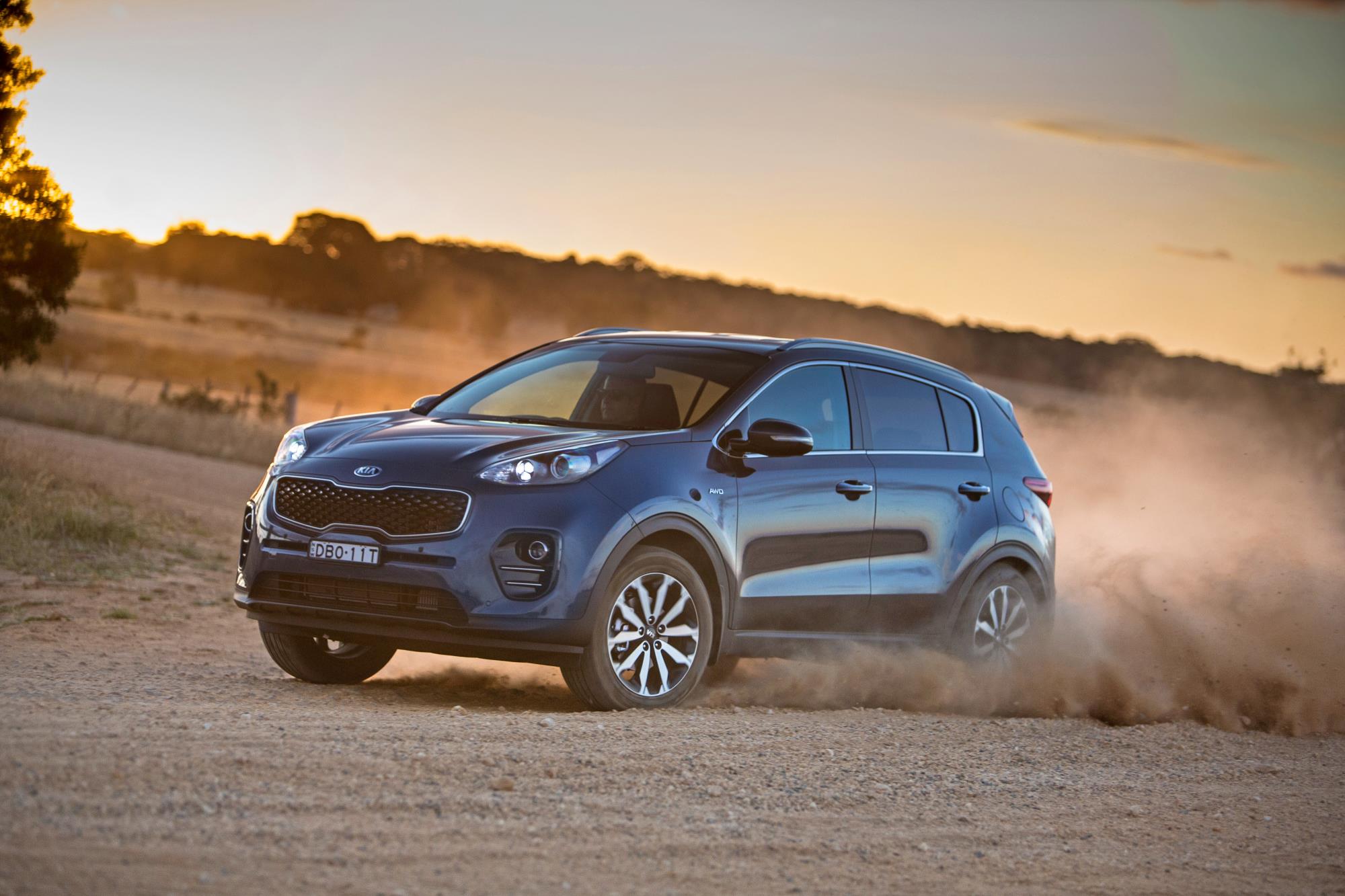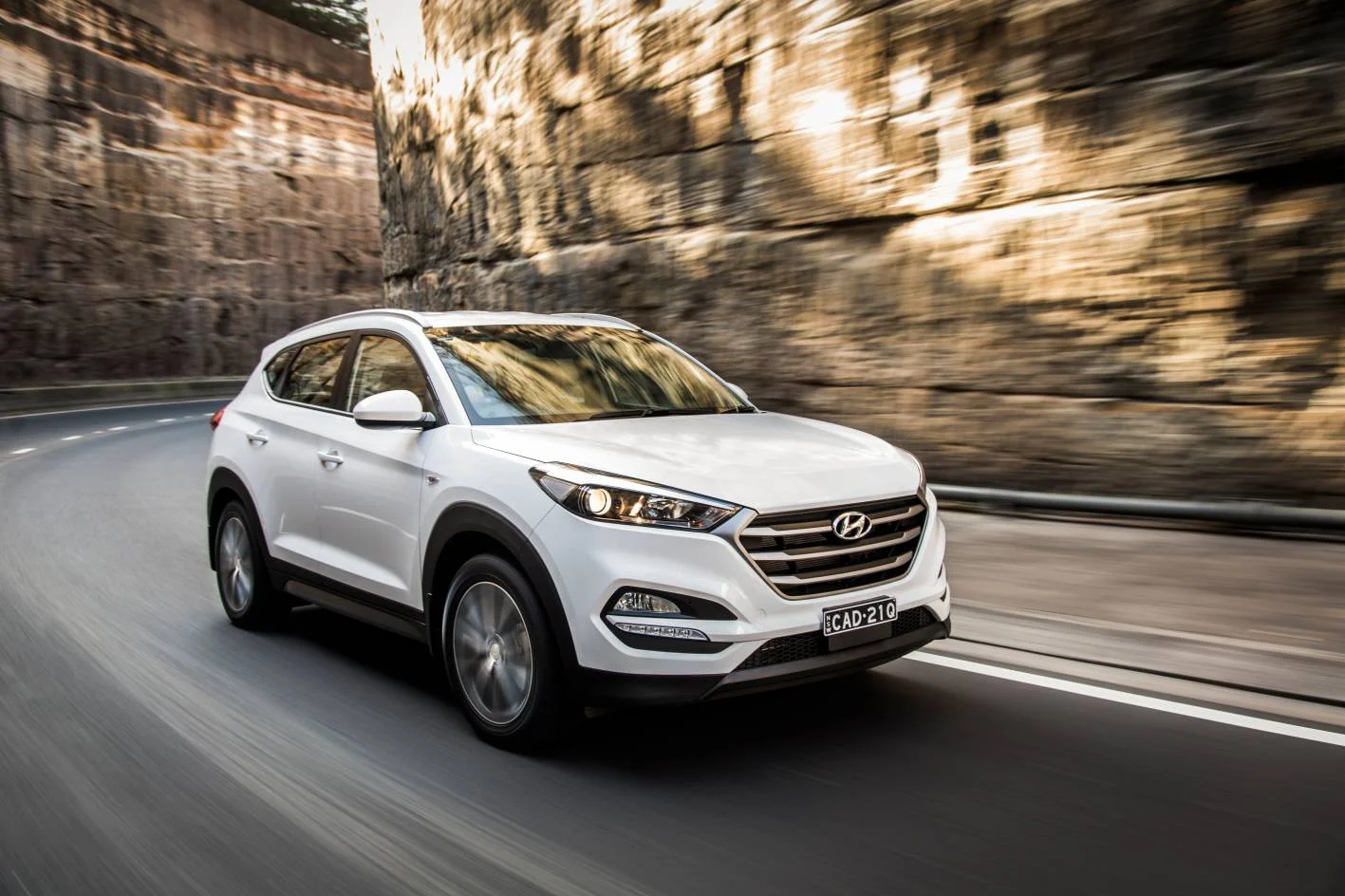2WD vs AWD - How to choose the right SUV
AWD has to be better, right? A lot of people think that. Find out if it really is, here:
VIDEO TRANSCRIPT
2WD versus AWD is the classic SUV dichotomy - and the default presumption is: AWD is better. But the truth is, a lot of this depends upon you and how you’ll actually be using the vehicle.
Mary’s question about this is pretty typical:
“I’m looking for a good SUV. I’ve been told AWD is a better safety choice as there is more control in braking. I am doing a lot of driving between Ulladulla and Sydney and often have the grandchildren with me, so this is obviously a concern. Can you help?” - Mary
OK - so there’s a bit of mythbusting we have to do here, and some simple advice up front: If you want to go off-road adventuring exploring, on fire trails, whatever: get the AWD.
You do not want to be in a position where you drive down some fire trail to an idyllic campsite, where you can burn the dinner and commune with nature, listen to the kids bitch about not having WiFi all night and then it rains in the morning and you can’t get home because … 2WD + muddy ascent equals fail.
Regular trips to the snow, launching a boat on a ramp, rural property with driveway from Hell - all excellent reasons to own the AWD.
But if you want an SUV really only to act in the capacity of a defacto family station wagon - and that’s all you want it to do - you probably don’t need AWD. In fact, if you’ve had a car all these years, and you’re getting an SUV, and you don’t plan on driving any differently, 2WD will be fine.
The first thing to remember is that plenty of SUVs are only 2WD. Nissan’s moderately camp Qashqai and Honda’s exceptionally gay HR-V, for example, are 2WD only. And the base models of plenty of other SUVs - like the Mazda CX-5, Kia Sportage and Hyundai Tucson - the base models are all front drivers.
SUBARU
At this point, let’s put Subaru in a box on its own - that company only does AWD. And it’s a unique-ish selling proposition.
In fact, Subaru’s Symmetrical AWD is an excellent system and (together with their involvement in rally) it rocketed them from herbal hippy obscurity in the 1990s to where they are today in the mainstream.
More information on Subaru's Symmetrical AWD system is on
this page >>
In Subaru’s case - all-wheel-drive really does mean all the wheels are driving, all the time. But in the majority of the rest of the market … not so much. We’ll get to that now.
ON-DEMAND AWD
Most AWD systems are ‘on-demand’: meaning they are predominately, overwhelmingly, 2WD for the vast majority of their operational lives. AWD is only invoked when there is front wheel spin. When the front wheels lose it, that’s the demand for all-wheel drive.
So let’s be perfectly clear - your common, and notionally AWD SUV, just driving down the street normally, is doing so under the tractive effort of just the front wheels. It they’re not threatening to spin, the rear wheels aren’t threatening to drive.
Most of these on-demand systems statistically never engage all-wheel drive. 99.9 per cent of the driving or more is 2WD. In fact, 99.9 per cent would be one kilometre in every 1000 in AWD - and I really don’t think they do that, most SUVs.
LOCKING-IN AWD MANUALLY
Sure - you can lock AWD in, manually. If you see Kim Kardashian’s arse ahead, lubed up with suntan lotion, I’d be locking in AWD if you want to make it across without slipping into the crack. “And he was never heard from, ever again…”
Locking in AWD is also a really good idea in that ‘rain overnight/camping’ scenario we discussed earlier.
But it’s a really bad idea at other times - especially on high-traction surfaces, where driving in AWD will start scrubbing out the tyres and (potentially) break the transmission. Good safety tip there. Leave it in auto.
You have to remember that the front end of the car and the rear end follow slightly different paths when you drive around curves. Therefore they travel different distances. Therefore they need to turn at different rates. If you lock them together by pressing the button, and traction levels are high, there’s an excellent chance you’ll break something.
Subaru gets around this problem with a viscous coupling just behind the gearbox. It’s a bunch of precise hardware swimming in very thick silicone fluid, and the upshot is that it allows the front and rear prop shafts to turn at different rates without blowing up.
However, you can turn the viscous coupling into an IED of sorts by fitting fifferent sized tyres front and rear - even slightly different. Or by just abusing the crap out of it generally - by attempting hardcore offroading when that’s really not the vehicle’s remit.
Apart from additional traction in slippery conditions - the purported advantages of all-wheel-drive for ordinary drivers pretty much just fluff.
AWD & DYNAMIC STABILITY
AWD used to be a huge contributor to overall dynamic stability. But then, when the dinosaurs all died and Twitter was invented, cars came with a bunch of other stability-enhancing systems (like electronic stability control) that have levelled the playing field by making 2WD vehicles just as stable in most driving scenarios.
People say AWD gives you more grip, but this is unmitigated bullshit. Grip is a function of rubber on the road - it’s not a function of which wheels are driving. What AWD does, however, is reduce the tractive effort at each wheel for any given throttle input.
In other words - AWD makes it more likely you’ll be able to maintain traction in slippery conditions where equivalent 2WD system would be spinning their tits off like a pole dancer on crack.
Mary’s under the impression that AWD helps under brakes on the highway. I do not know why people have told her that, but they have. The truth is pretty different.
In fact, many on-demand AWD systems have braking algorithms that disengage the AWD to avoid feedback effects and thereby boost stability under hard braking.
Audi does that. And frankly, with electronic brakeforce distribution and all the other hi-tech brake systems, it’s hard to see the driveline contributing anything to overall retardation when the chips are down.
AWD & HIGHWAY SPEEDS
The other thing most people don’t realise is that AWD is generally interlocked out - so that it cannot be engaged automatically - at speeds above about 60km/h in most of these vehicles.
This makes sense because AWD is a response to wheelspin - and wheelspin in typical SUVs never occurs at those higher speeds. In general, at those higher speeds gearing doesn’t allow sufficient torque at the wheels to invoke wheelspin.
In the context of ordinary driving around the suburbs and on the highway, AWD offers no particular advantage.
AWD & COST
As you step up through the range of most SUVs - like CX-5, Sportage and Tucson, the bigger engines come with beefier drivelines and those drivelines include AWD. There’s nothing wrong with AWD, and it does make it a little less likely to invoke runaway wheelspin in the wet, when the lights go green, but it does cost you more money.
They have to build in a transfer case, a rear prop shaft, a rear diff, a couple of rear axles - and control architecture. None of it is free, of course. The Tucson Active petrol 2WD is $4000 cheaper than the Tucson Active diesel. And that additional cost is probably 50:50 engine and driveline. Rest of the car is the same.
Nor is there a particular benefit for towing. AWD doesn’t really help - especially for conservative towing assignments, well inside the vehicle’s maximum tow limitations. AWD will help, of course, if you have to get a boat up a slippery boat ramp.
Sometimes you’re not going to have a choice. If you buy a Subaru SUV, you get AWD. If you buy a mid-spec or range-topping model variant, you generally get AWD. I hope you now know enough about the issue to make an informed choice.

